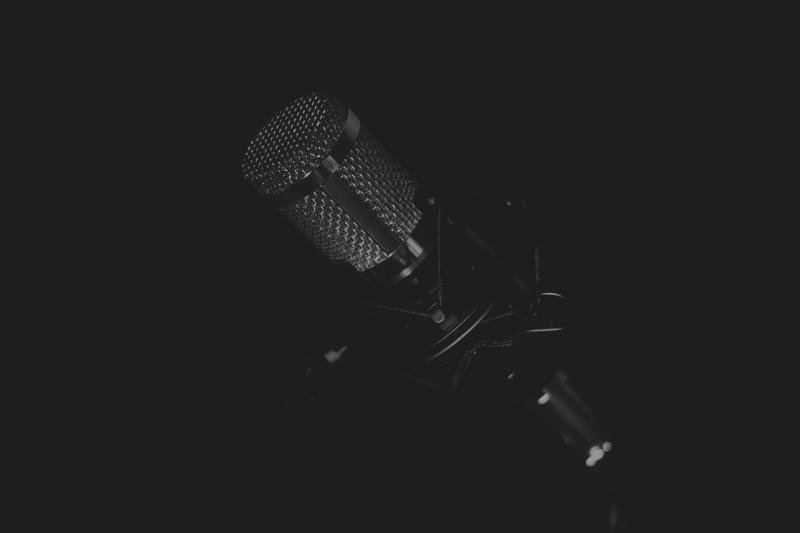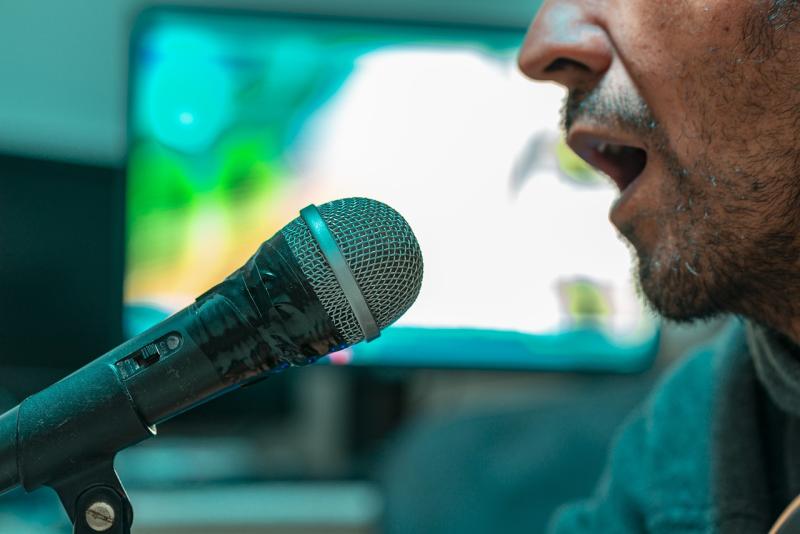Understanding Different Microphone Types
When diving into the world of karaoke, you'll quickly realize how important your microphone choice is. There are different types of microphones, and each has its own charm and challenges. Let’s break down the main types you’re likely to encounter, so you can pick the perfect one for your karaoke nights!
Dynamic Microphones
Dynamic microphones are sturdy and ideal for live performances. They’re built to handle loud sounds without distortion, which makes them perfect for those passionate karaoke belters! You won’t have to worry about dropping them either; they are tough as nails. They usually don’t need extra power to work, making them very user-friendly.
Condenser Microphones
On the flip side, we have condenser microphones. These are more sensitive and can capture a wider range of sounds and nuances. If you're looking to showcase softer melodies or just enjoy the finer details of your voice, a condenser mic might be your go-to. Just keep in mind, they often need a little extra power, so they might require a battery or phantom power source.
Lavalier Microphones
If you want to groove around while singing, lavalier microphones, or clip-on mics, could be your best buddy. They’re small and can be attached to your clothing, giving you the freedom to move without holding a mic. They’re great for duets or group performances, adding a fun twist to your karaoke sessions.
Once you understand the differences, picking out the right mic for your karaoke adventures becomes a whole lot easier. Think about your style, where you'll be using it, and what kind of performance you want to deliver. Happy singing!
Tips for Perfect Karaoke Sound
Karaoke is all about having fun, but if you want to sound your best, there are a few tips to keep in mind. Getting the perfect sound can make or break your singing experience, so here’s how to tune up your karaoke performance!
1. Choose the Right Microphone: Not all microphones are created equal. Look for a mic that’s designed for karaoke, preferably one with good feedback rejection. You want something that picks up your voice clearly without picking up background noise. Wireless mics add freedom to move around, while wired ones can offer a stable connection.
2. Positioning is Key: Hold the microphone close to your mouth, about 6 inches away. This helps capture your voice well and keeps sounds from drifting off. Angle it slightly towards you to avoid those pesky feedback sounds. And remember, don't cover the mic's grill with your hand!
3. Adjust the Volume: Before you start singing, set a good balance between the mic volume and the backing track. Too loud, and your voice might get drowned out; too quiet, and you might strain to be heard. Do a quick sound check to find that perfect blend!
4. Mind the Environment: The space you’re in matters too! Make sure the room isn’t too echoey and reduce background noise as much as possible. If you can, add some soft furnishings to absorb sound waves and improve acoustics. This will give your voice a much nicer sound.
Maintaining Your Karaoke Microphone
Taking care of your karaoke microphone is key to keeping the good times rolling. A little maintenance goes a long way in ensuring your mic sounds great and lasts longer. Here are some straightforward tips to help you maintain your karaoke mic.
1. Store it Properly
When you're not using your microphone, make sure to store it in a safe place. A soft case or a dedicated microphone stand can protect it from bumps and falls. Avoid leaving it in places where it can get knocked over—like on the edge of a table!
2. Clean It Regularly
A quick clean can keep your mic fresh. Start by wiping down the body with a soft, dry cloth to remove any fingerprints or dust. For the microphone head, use a slightly damp cloth (but not soaking) to clean the grille. Just make sure to let it dry completely before using it again!
3. Check the Cables
If you’re using a wired microphone, give those cables a good look. Look for frays, kinks, or any signs of wear. If something seems off, it might be time to replace them to avoid any sound issues. Wireless? Keep the batteries charged and replace them when they start to get low.
4. Avoid Extreme Conditions
Microphones can be sensitive to temperature and humidity. Try not to expose your mic to extreme heat or cold. If you’re performing outside, keep it shaded from sun and moisture to protect it from damage.



